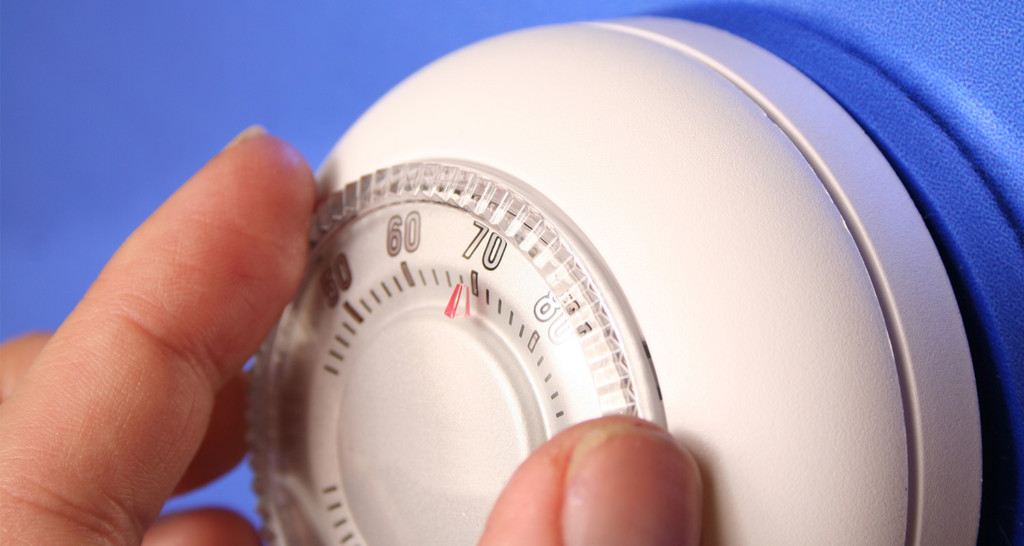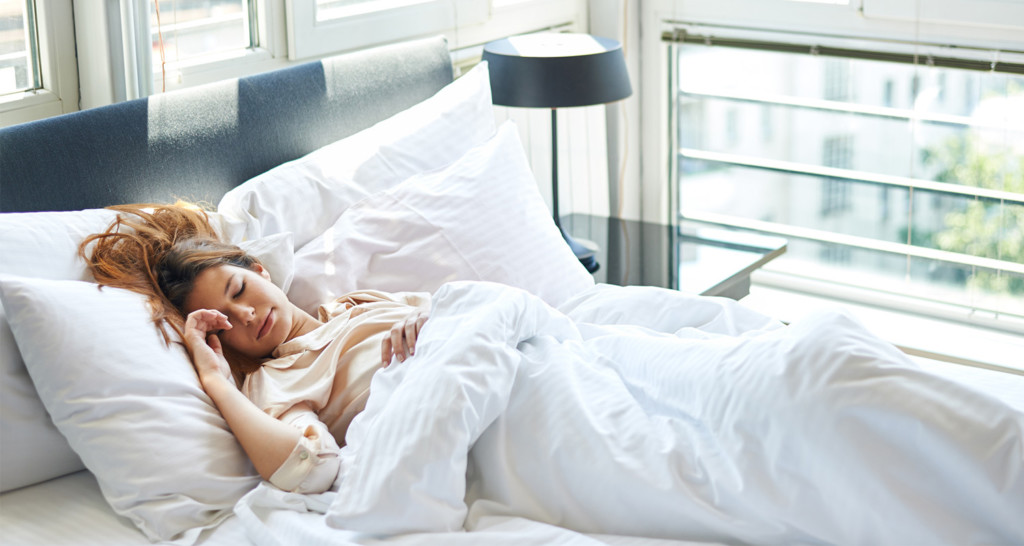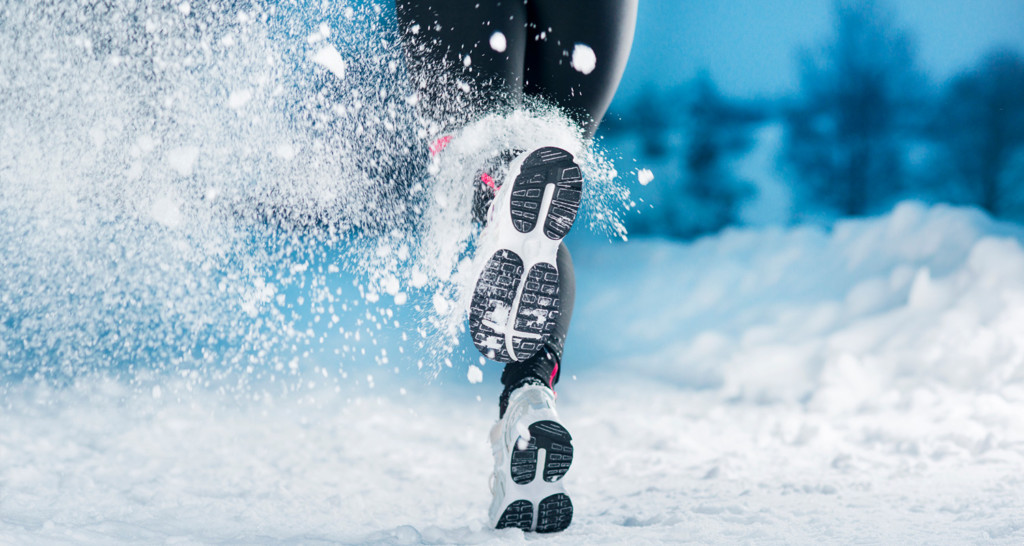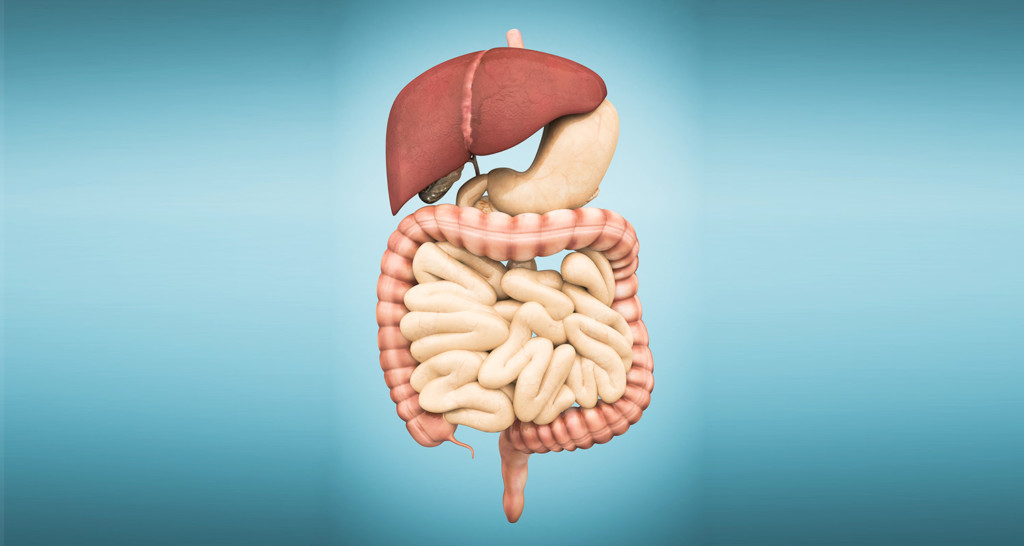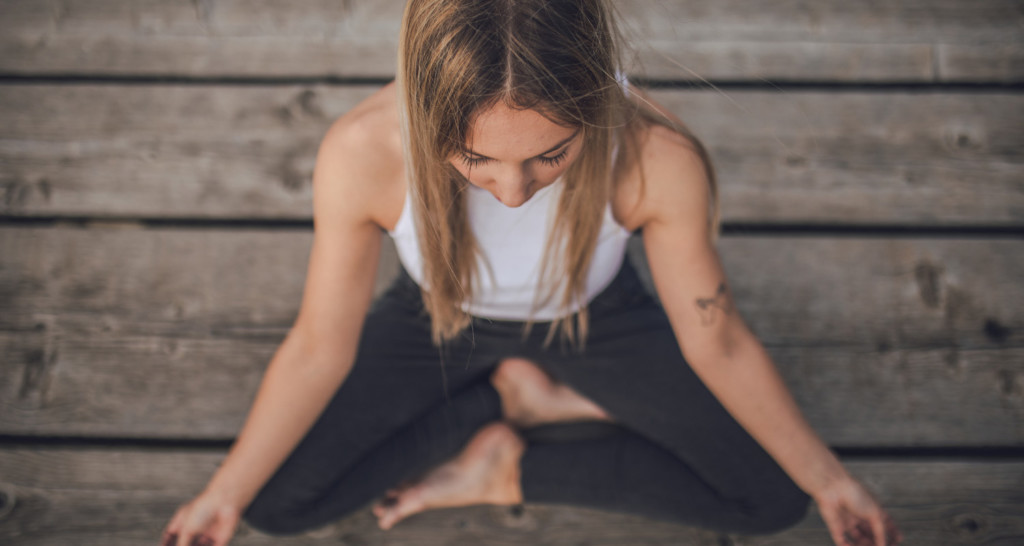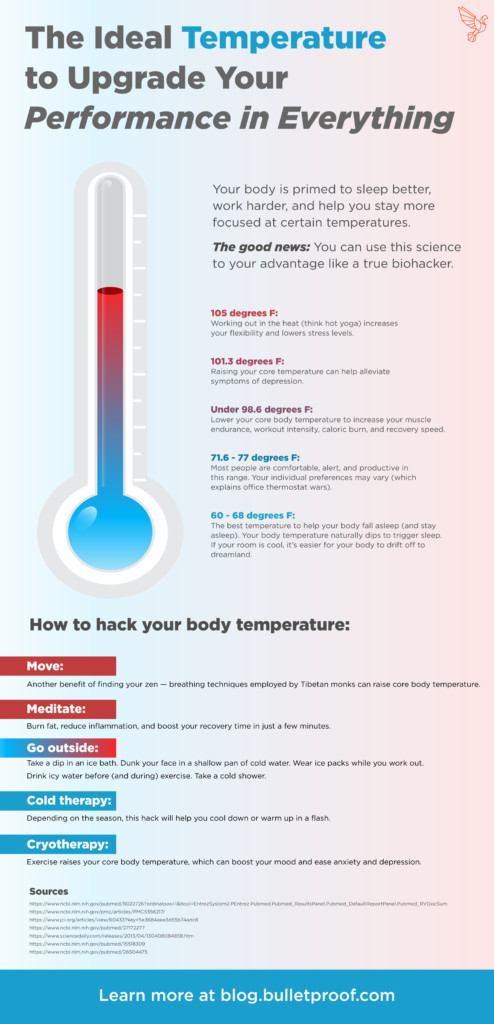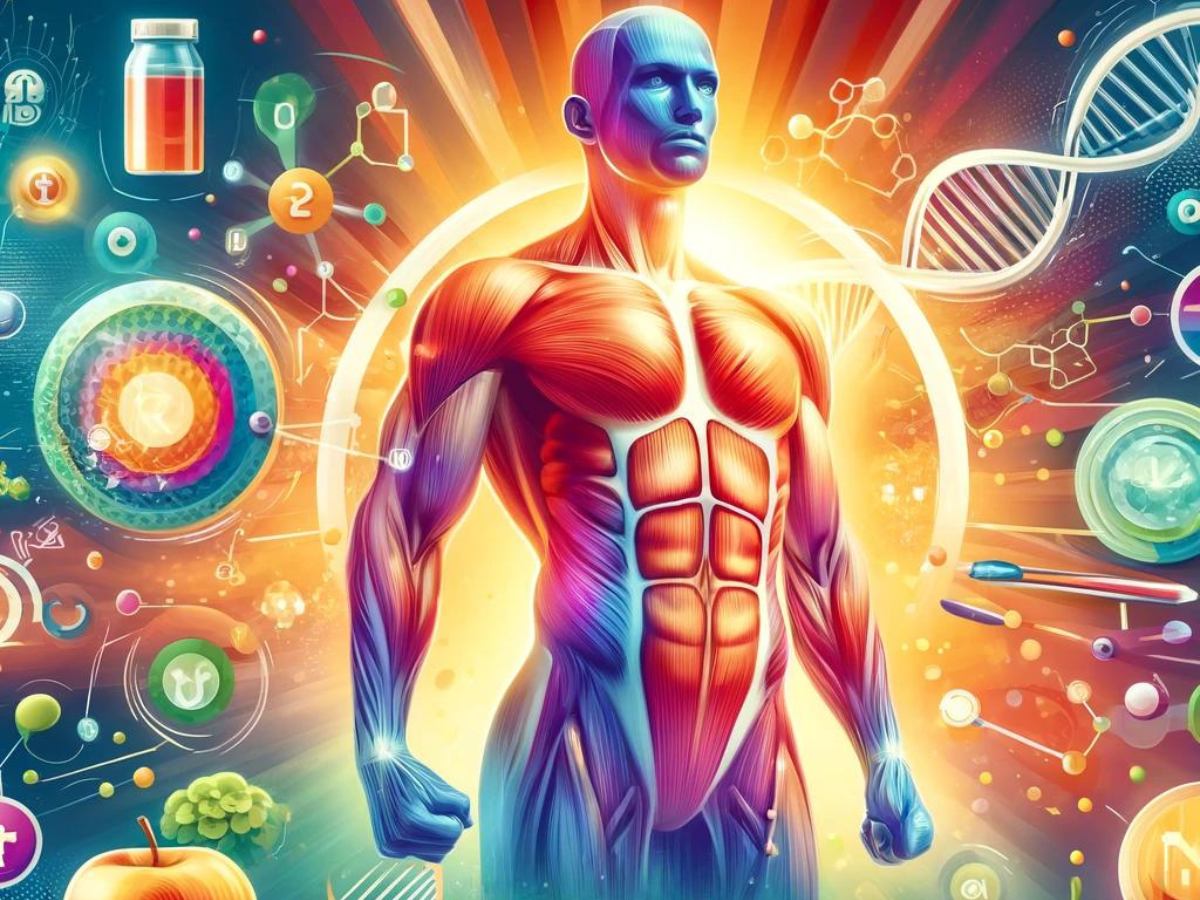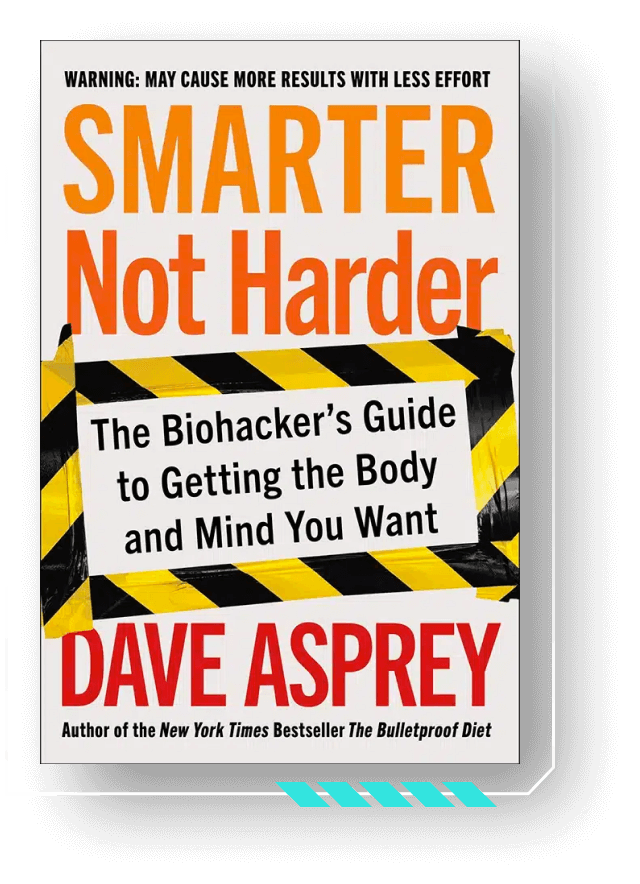
[tldr]
- Want to focus better, get a more restful snooze, and burn more calories? Change your thermostat.
- A cool bedroom can help your body get to sleep and stay asleep.
- Chilly temperatures can also kickstart cold thermogenesis, a fat-burning state linked to benefits like reduced inflammation, increased metabolism, and improved endurance during exercise.
- Warm temperatures can boost your mood and improve your focus, although your specific heat-sweet-spot may vary.
- Humans are super adaptive to different environments, so you’ll have to biohack your way to find your ideal temperatures.
[/tldr]
The biggest upgrades to your body can come from the smallest changes — like a few degrees’ difference on the thermostat. Your body is primed to sleep better, work harder, and help you stay more focused at certain temperatures. The good news: You can use this science to your advantage like a true biohacker. Here’s everything you should know about the ideal temperature for upgraded performance.
The ideal temperature to biohack your body
If you’ve ever worked in an office, you’re probably familiar with the long-running thermostat debate. Some people feel comfortable at temperatures that make other people feel like they’re working in an icebox. What gives?
Your biology is partly to blame. Your resting metabolic rate determines how fast you generate heat. Factors like gender, age, and activity level determine how much energy your body exerts to maintain a stable, comfortable temperature. Fun fact: Women typically have slower metabolisms than men, so they tend to be colder at temperatures men find comfortable.[ref url=”https://www.nature.com/articles/nclimate2741″] That’s why some women need to bundle up at work while men can walk around in shorts like it’s no big deal.
All this to say, the temperature recommendations below are estimates based on sample sizes in scientific studies. Your results may vary. Whether you want to hack your sleep or improve your productivity, experiment to find the ideal temperature that works for you. (But ask your coworkers before you start messing with the thermostat.)
Ideal sleeping temperature
To help your body fall asleep and stay asleep, Bulletproof founder Dave Asprey recommends keeping your room around 68 degrees Fahrenheit. Here’s why it works: Your body temperature naturally decreases to trigger sleep.[ref url=”https://www.ncbi.nlm.nih.gov/pubmed/8022726?ordinalpos=1&itool=EntrezSystem2.PEntrez.Pubmed.Pubmed_ResultsPanel.Pubmed_DefaultReportPanel.Pubmed_RVDocSum”] If your room is cool, it’s easier for your body to drift off to dreamland.
Temperatures too far above or below the 68-degree threshold can lead to restlessness, which reduces the quality of your shut-eye and makes you feel like a zombie the next day. To help lower the temperature in your bedroom without running the A/C, switch on the fan or pop open a window — just make sure the ambient noise isn’t too disruptive. (Sorry, city-dwellers.)
Related: How to Hack Your Sleep: The Art and Science of Sleeping
How temperature impacts exercise
Want to upgrade your next gym session? Chill out. Cold exposure can actually increase your muscle endurance, workout intensity, and recovery speed.
On this Bulletproof Radio podcast episode, cold-enhanced exercise pioneer Peter Wasowski says that you can amplify your performance by lowering your core body temperature very slightly, or “about one-and-a-half degrees Fahrenheit.” According to researchers, it’s possible to lower your body temperature by hopping in an ice bath (hardcore) or drinking icy water (easy) before your workout.[ref url=”https://www.ncbi.nlm.nih.gov/pmc/articles/PMC5356217/”] During your workout, wear an ice vest.
How does it work? Wasowski explains that cooling your body down during exercise allows more oxygen to stay in your blood, which keeps more blood in your muscles. That contributes to a harder, longer workout, which releases more testosterone and human growth hormone (HGH). The end result: higher fat-burn, more muscle growth, and improved recovery. Whoa. Learn more about the benefits of exercising in the cold.
On the other end of the spectrum, there are science-backed benefits to exercising in the heat, too. Hot yoga, which takes place in a hot room around 105 degrees Fahrenheit, has been shown to improve balance, lower body strength, flexibility, stress levels, and metabolic measures like glucose tolerance.[ref url=”https://www.ncbi.nlm.nih.gov/pubmed/26504475″] Other studies have found that raising your core body temperature alleviates symptoms of depression, which may explain hot yoga’s ability to help you feel more zen.[ref url=”https://www.ncbi.nlm.nih.gov/pubmed/25510863″]
How temperature affects your metabolic rate
A 2012 study found that cold exposure can increase total energy expenditure — the total number of calories you burn per day.[ref url=”https://www.jci.org/articles/view/60433?key=5e3684aee3d55b74adc8″] The study used tube suits to drop the participants’ skin temperature, which led to a slight dip in core temperatures — just under 1 degree difference on average. (Hey, that’s close to what Wasowski said.)
Here’s what happens: Cold temperatures induce cold thermogenesis, a fat-burning state that increases your metabolism and may improve thyroid function,[ref url=”https://www.physiology.org/doi/full/10.1152/japplphysiol.00363.2003″] in addition to all of the good-for-you muscle benefits mentioned earlier. You don’t have to exercise to reap the calorie-burning benefits cold exposure, though. Learn about the benefits of whole-body cryotherapy.
Focus
Your environment makes a huge difference on your productivity levels. As it turns out, temperature can boost your productivity — or make it more difficult to deal with complex decisions.
So, what’s the ideal temperature to supercharge your focus? Research is split on a single magic number, possibly because humans are super adaptive and capable of acclimating to different environments.
One 2006 review says performance increases with temperatures around 71.6 degrees Fahrenheit.[ref url=”https://indoor.lbl.gov/sites/all/files/lbnl-60946.pdf”] Meanwhile, a Cornell study found that people make fewer typing errors in warmer environments — specifically, around 77 degrees Fahrenheit.[ref url=”http://news.cornell.edu/stories/2004/10/warm-offices-linked-fewer-typing-errors-higher-productivity”]
In another study, researchers compared participants’ cognitive performance in either a warm room (77 degrees Fahrenheit) or cool room (67 degrees Fahrenheit).[ref url=”https://www.scientificamerican.com/article/warm-weather-makes-it-hard-think-straight/ “]In comparison to people in the cooler room, participants in the warm room failed at simple cognitive tasks like identifying spelling and grammatical errors.
The takeaway? Some tasks might be better suited to specific temperatures. If you work in a chilly office and you’re having trouble performing manual tasks like typing, warm up your environment. If you can’t reach your flow state in a warm room, move somewhere cooler. And if you’re one of those people who focuses better at 77 degrees, awesome — just be aware that you’re going to have to adjust (and wear a thicker sweater) when you’re working in a cold office.
Mood
You might already know this if you’ve ever felt the winter blues, but temperature can dramatically impact your good vibes.
In a 2008 study on the effects of weather on daily mood, researchers found that warmer weather improved bad moods.[ref url=”https://www.psychologie.hu-berlin.de/de/prof/perdev/pdf/2008/Denissen_Weather_Mood_2008.pdf”] However, even though it would be magical to live by the beach, this isn’t to say that people who live in the tropics are inherently happier. The study didn’t support the idea that pleasant weather inherently puts people in good moods. Instead, the findings suggest that people have super individualized responses to weather changes, rather than specific numbers on the thermostat.
However, if you deal with seasonal affective disorder (SAD), it’s a good idea to get some sunlight or supplement with light therapy. Sure, the extra vitamin D will help reduce symptoms of depression[ref url=”https://www.sciencedirect.com/science/article/pii/S030698770700240X”] — but it’ll also raise your body temperature. A 2016 study examined the effects of whole-body hyperthermia on people who struggled with depression.[ref url=”https://www.ncbi.nlm.nih.gov/pubmed/27172277″] One session of whole-body hyperthermia elevated their core body temperature to 101.3 degrees Fahrenheit. The treatment reduced their depressive symptoms — and the results lasted a full six weeks after treatment.
Warmth also changes your perception of others, according to a 2008 study.[ref url=”https://www.ncbi.nlm.nih.gov/pmc/articles/PMC2737341/”] Researchers asked participants to hold a cup of hot or iced coffee while they wrote something down. Later, the participants were asked to read a description of a person and rate them on 10 personality traits. Those who held the hot coffee perceived the person to be “warmer” than those who held the iced coffee.[ref url=”https://www.ncbi.nlm.nih.gov/pmc/articles/PMC2737341/”]
So, if you’re feeling blah, turn up the heat (or hold a mug of something warm). Here’s how you can hack your body temperature.
How to hack your body’s thermostat
- Meditation: Scientists have found that certain meditation techniques employed by Tibetan monks can raise core body temperature.[ref url=”https://www.sciencedaily.com/releases/2013/04/130408084858.htm”] That’s a serious case of mind over matter. The study highlights a breathing technique called “vase breathing.” Click here to check out three deep breathing exercises (without having to travel to Tibet).
- Cold therapy: Even if you don’t live near a cryotherapy center, you can still benefit from a whole-body chill. Check out this easy hack to get the benefits of cold thermogenesis — all you need is a shallow pan of water.
- Go outside: Depending on the season, this hack will help you cool down or warm up in a flash. It’s a good idea to head outside, anyway — sunlight has tons of benefits to boost your mood, energy levels, and overall performance. Learn more about light hacking.
- Move: Exercising isn’t just great for your muscles. It also raises your core body temperature, which can boost your mood and ease anxiety and depression.[ref url=”https://www.ncbi.nlm.nih.gov/pubmed/15518309″]
Biohacking is all about finding what impacts your performance the most in different situations. Some days, you might need to chill out. Other days, you might need to crank up the heat. Listen to your body and find what works best for you. Want to take your biohacking to the next level? Check out the Bulletproof 30-Day Upgrade to supercharge your brain and body in just a month.
